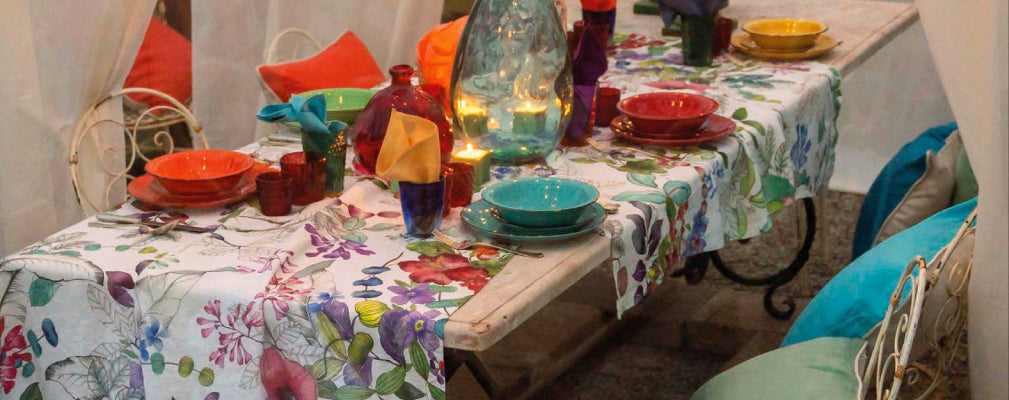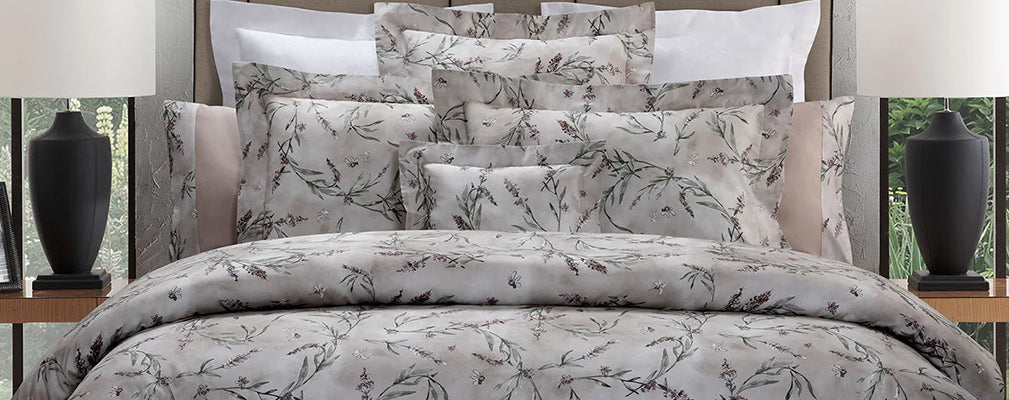How to organize the kitchen to make it as cozy and tidy a place as possible?
Order is functional, and this applies to any space and environment. A well-organized kitchen is one that allows us to prepare lunches and dinners with absolute peace of mind, avoiding wasting time looking for what we need. Everything must therefore find its proper place.
Understanding how to organize a functional kitchen is actually much simpler than you might think. So here is how to organize your kitchen by following a few very simple tips.
Decluttering
The very first thing to do when we want to put our spaces in order and organize them is to identify what we actually need and what we can eliminate instead. Decluttering means getting rid of the superfluous in order to focus our efforts solely and exclusively on what really comes in handy. Decluttering can (indeed should) be done for any room and piece of furniture in the home, such as in the case of the very useful closet decluttering.
The logic is this: take out everything inside your kitchen cabinets and make a selection keeping only what you really use and need. Is there something broken that can't be repaired? Throw it out. Do you end up with new utensils and items that you ended up never using? Give them away. Do you have more containers or pots and pans than you actually need? Get rid of these as well.
Old, stained tablecloths and dishclothsshould also be thrown out and replaced with something new; it can be an opportunity to change the style and give the whole kitchen a fresh look.
You will then find yourself with more space to better organize your kitchen.
 |
 |
 |
| Tablecloth in Pure Linen printed Patterned - Borea | Set of 2 Dishcloths in Pure Cotton with Tartan Print- Tartan | Set of 2 Placemats in Pure Stonewashed Linen - Andromeda |
Subdividing spaces
The subdivision of space is especially important when you are lucky enough to have a large kitchen, but it still comes in handy even in the case of a small kitchen.
The logic is to identify three main spaces: one where you cook, one where you prepare dishes, and one where you wash dishes. Then keep near these three areas, the relevant utensils and accessories. An example? Next to the stovetop you keep pots, spices, ladles, and everything you need when cooking; next to the countertop you keep what you need for serving dishes; next to the sink you keep dish drainer, hand cloth, and so on.
Like with like
The rule of "like with like" is another one of those golden rules that actually applies to many "household chores." Do you need to wash sheets in the washing machine? Do you want to organize your clothes closet? Proceed by arranging similar things next to each other.Whatever it is (drawers, cabinets, compartments, cupboards etc.), absolutely avoid throwing everything in there without logic because otherwise you will always struggle to find what you need.
If you have a cabinet with drawers, store cutlery in the first, tablecloths and napkins in the second, and pots, pans etc. in the remaining ones.
If, on the other hand, you have only one drawer available, use accessories to organize the kitchen, such as dividers, which, contrary to popular belief, do not steal space, helping instead to always have everything in sight and in the eye. Then be careful never to put sharp objects in compartments where there are other things. Always keep knives separate and, if there are children in the house, it is certainly a good idea to make sure they do not have access to them. It is also always highly recommended to use blade covers.
Arrange refrigerator containers by size by placing them one inside the other in order of size. Then place their lids upright inside the last container.
Take advantage of verticality
Arranging "vertically" allows you to take advantage of space that would otherwise remain unused. This is especially convenient in the case of small kitchens. You can, for example, attach metal bars to the wall where you can hang ladles, skimmers and wooden spoons, which, by the way, are also a nice sight if they look good.
You can also resort to shelves to put on the wall and on which to arrange glass jars and other items you need to have on hand. You will then have not only a neat and disciplined space but also aesthetically pretty and distinctive to look at.
You can also take advantage of vertical space inside furniture. For example, by hanging hooks inside a cabinet door.
Everything within easy reach
The rationale for arranging the kitchen in a way that is truly functional, orderly and also aesthetically pleasing to the eye, is to give objects the right location so that they are immediately identifiable and easy to reach.
So arrange objects, utensils, dishes etc according to the frequency of use. Keep within easy reach (in the lowest shelves; in the nearest drawer etc) the things you use most frequently. Store large and small appliances and accessories that you use less frequently in the topmost shelves.
Follow the same logic when wondering how to organize your kitchen pantry.
Oils, spices and condiments that you use most often need to be reached more easily. So arrange them in the nearest shelf (or cabinet).
Jars of salt and sugar should theoretically be next to the stove (since you need them for cooking). You can then store them in the compartment located above the hood although it would be best to store them in a place that is always cool and dry.
Staying on the subject of jars, you can use clear containers to store foods such as pasta and rice. That way you'll see right away when the pasta is about to run out instead of having to look inside the can every time. Small tip: apply a label on the container (or jar) with the cooking time of the pasta, it will come in handy.
Finally, keep potholders and napkin handy, possibly hanging near the sink or stove.







